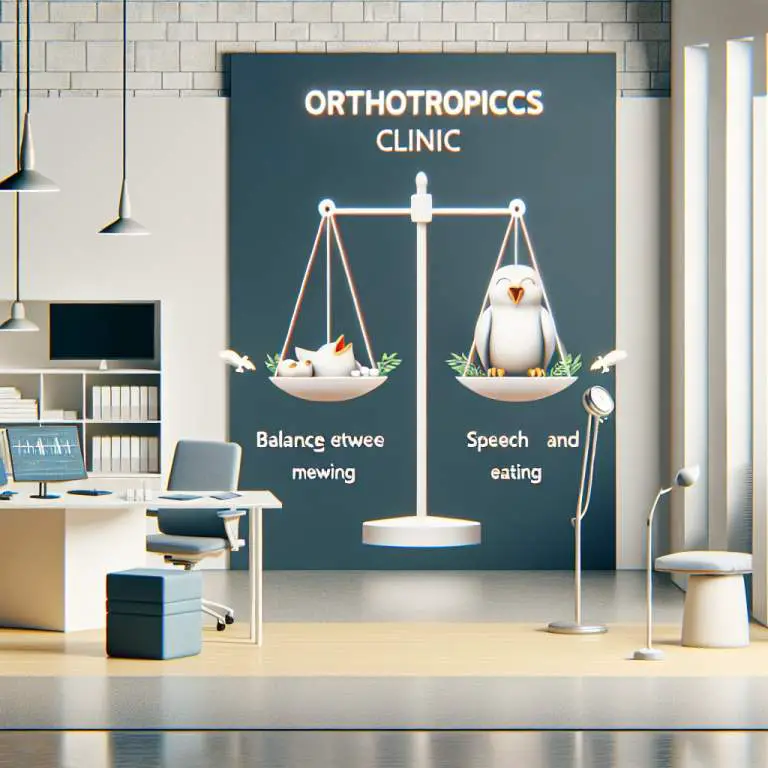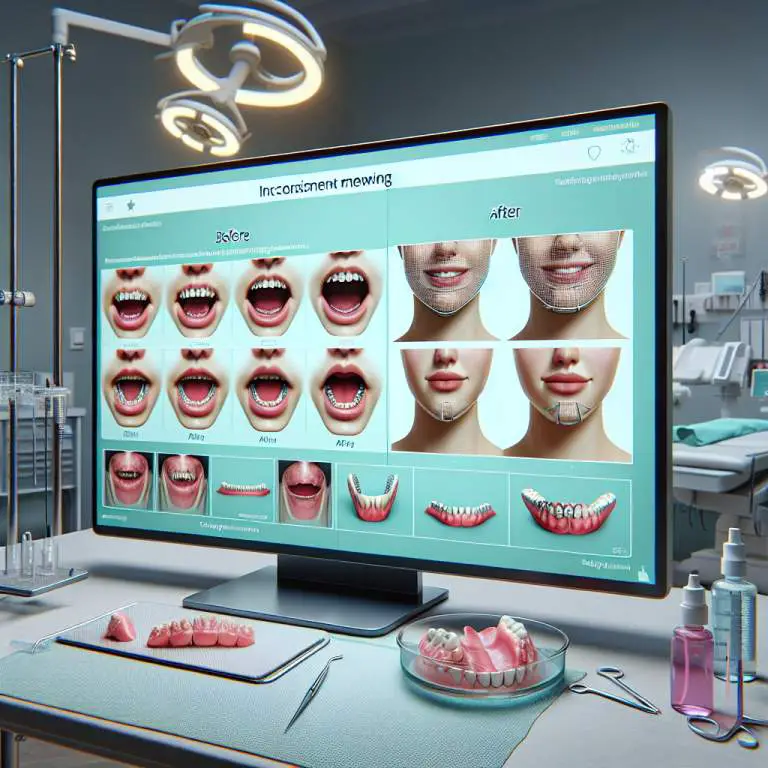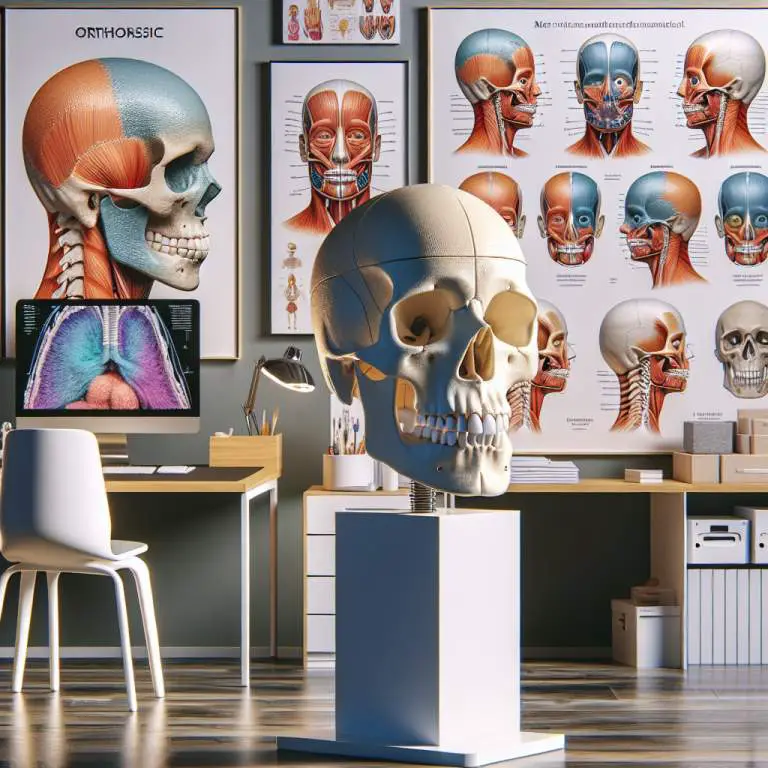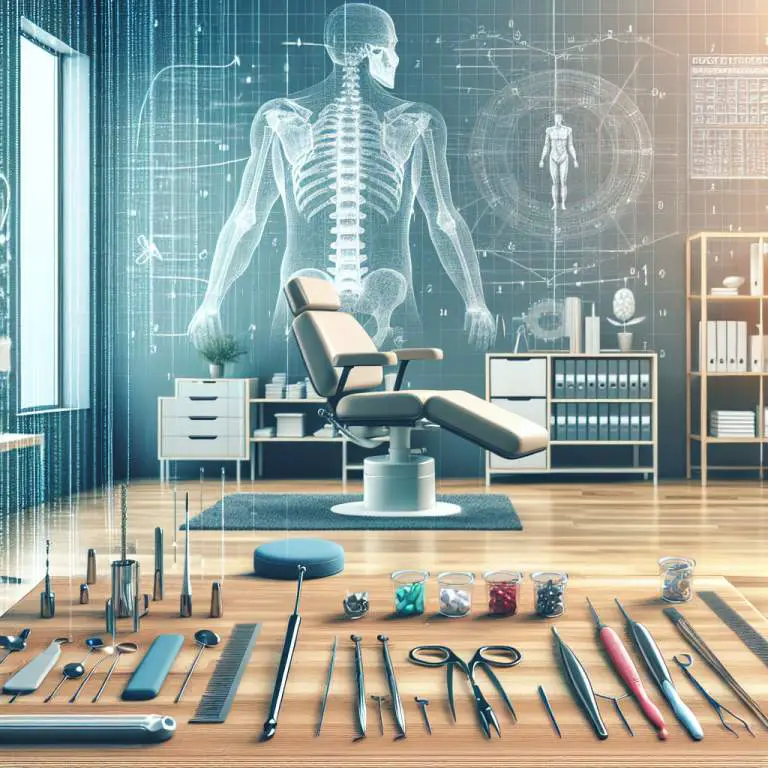Is it a mistake to start mewing without professional guidance?
Starting mewing without professional guidance can be a mistake because it might lead to incorrect techniques being used. Professionals can offer personalized advice and ensure you’re doing it safely and effectively. Without their help, you risk not getting the desired results or even causing harm to your jaw or teeth alignment.
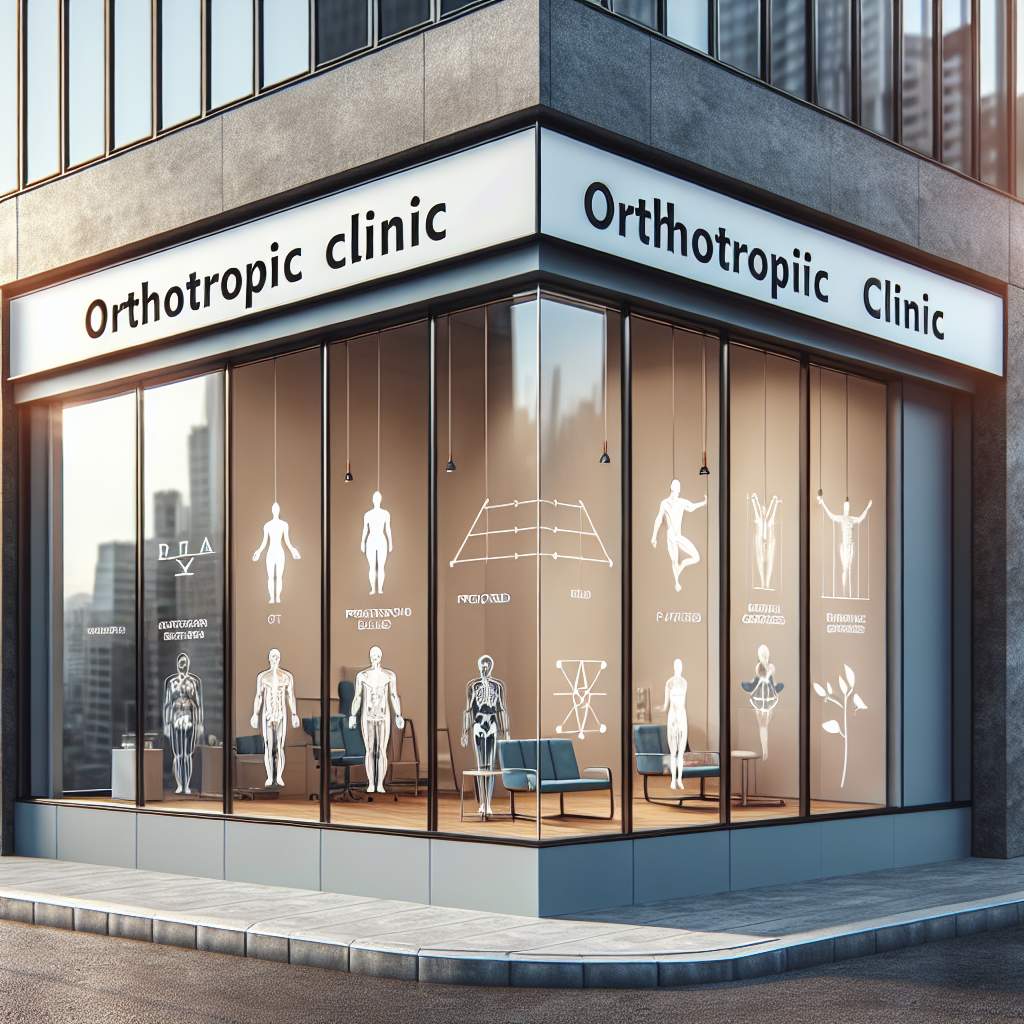
How does mewing work and what are its purported benefits?
Mewing is a technique that involves placing your tongue against the roof of your mouth. This position is supposed to help with the structure of your face and jawline. People say that by doing this regularly, you can make your face look better and even breathe easier.
Some folks believe mewing can lead to a stronger jawline, better alignment of teeth, and improved posture. They think that by changing how you hold your tongue, you can actually change how your face looks over time. It’s like a workout for your face!
What common mistakes do people make when starting mewing on their own?
When people try mewing for the first time, they often get it wrong by not placing their whole tongue on the roof of their mouth. Some just use the tip of their tongue, but it’s important to use the whole thing. This mistake can make all their effort go to waste.
Another mistake is not being consistent. Just like with any exercise, you need to keep at it regularly to see results. Some folks try it once or twice and then forget about it. But for mewing to work, you have to do it all the time, even when you’re not thinking about it.
Is professional guidance necessary for effective mewing, or can it be self-taught?
Mewing can be tricky at first, so some people wonder if they need a professional to teach them how to do it right. The truth is, many have learned how to mew correctly on their own by watching videos and reading guides online. There’s a lot of information out there if you look for it.
However, getting advice from someone who knows what they’re doing can be really helpful too. A professional can show you exactly how to place your tongue and make sure you’re doing it right. This way, you might see better results faster than if you tried to figure it out on your own.
What are the potential risks of incorrect mewing techniques?
If you don’t mew correctly, there could be some risks involved. For example, putting too much pressure in the wrong places could cause pain in your jaw or teeth. It’s important to follow instructions carefully and listen to your body if something feels off.
Also, trying too hard or expecting too much too soon can lead to disappointment or even injury. Mewing should feel natural and not forced. If done incorrectly over a long period of time, there might be negative effects instead of improvements.
| Aspect | DIY Mewing | Professional Guidance |
|---|---|---|
| Understanding Basics | Possible through online resources, but may lead to misunderstandings. | A professional can provide accurate and personalized information. |
| Risk of Mistakes | Higher, due to potential misinterpretation of techniques. | Lower, as professionals can correct improper techniques. |
| Customization | Limited, as one-size-fits-all advice may not suit everyone’s needs. | High, with tailored advice based on individual anatomy and needs. |
| Monitoring Progress | Challenging without expert feedback; relies on self-assessment. | Easier, with regular check-ups and professional assessments. |
| Motivation & Support | Mainly self-driven; online communities can offer some support. | Dedicated support from a professional can boost motivation and adherence to practices. |
| Safety Concerns | Potential for developing harmful habits without proper guidance. | A professional can ensure practices are safe and beneficial for oral health. |
How can one find a qualified professional for guidance on mewing?
Finding a qualified professional for guidance on mewing involves doing some research. Start by looking online for experts in orthotropics, the field that encompasses mewing. Websites and forums dedicated to oral posture can also provide recommendations.
Another approach is to ask for referrals from your dentist or orthodontist. They might know professionals who specialize in facial growth and can guide you properly in mewing techniques. Remember, it’s important to choose someone with experience and good reviews.
What should you expect during your first consultation about mewing?
During your first consultation about mewing, the professional will likely assess your current oral posture and facial structure. They’ll ask about your goals and explain how proper tongue posture can help achieve them. This session is a good time to ask any questions you have about the process.
You should also expect to receive personalized advice based on your assessment. The professional might demonstrate correct tongue positioning and suggest daily exercises. It’s important to understand that results from mewing come gradually, so patience is key.
Are there any tools or exercises that professionals recommend to enhance the effects of mewing?
Yes, professionals often recommend certain tools and exercises to enhance the effects of mewing. For example, they might suggest using myofunctional therapy tools that help train the tongue and facial muscles to maintain proper position.
Besides tools, specific exercises are also recommended to strengthen the jawline and improve oral posture. These could include tongue-chewing exercises or “tongue push-ups” against the roof of the mouth. Consistency with these practices is crucial for seeing improvements.
Final Thoughts
Mewing is a technique that requires patience and consistency. Finding a qualified professional can significantly improve your understanding of proper technique and help avoid common mistakes.
Remember, while tools and exercises can enhance the effects of mewing, they are most effective when combined with expert guidance. Stay committed to the practice, and over time, you may see positive changes in your facial structure and oral health.

